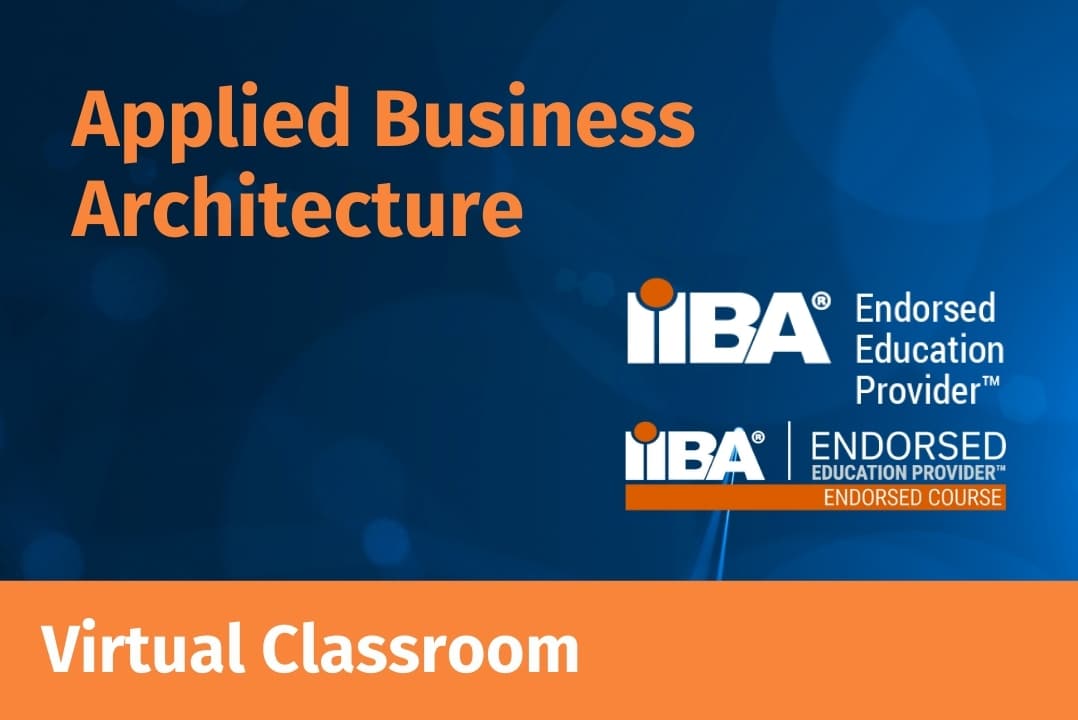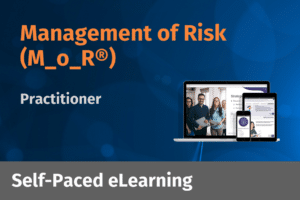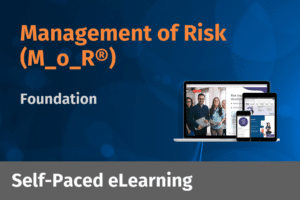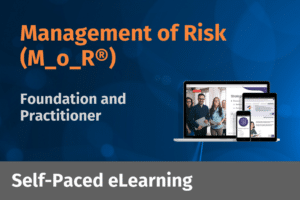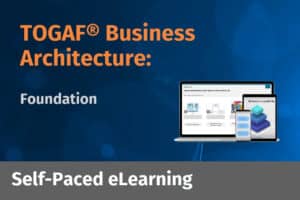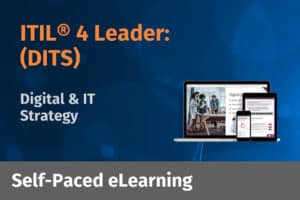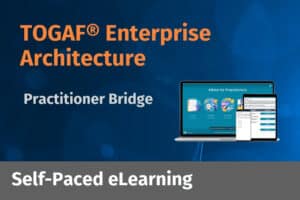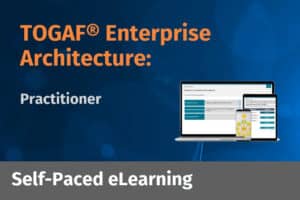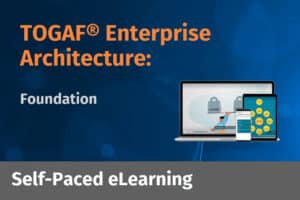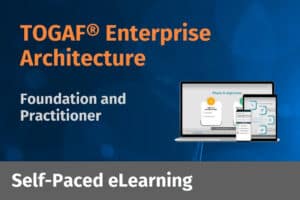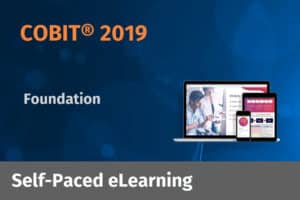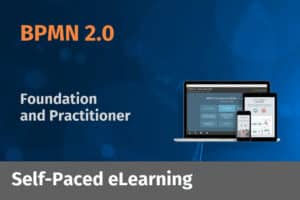As awareness and interest in the Open Group’s new IT4IT Reference Architecture continues to gather pace in online communities, blogs and industry events, one over-arching question remains; what is the business value of this new approach? Quantifying the value of Enterprise Architecture has been a subject that has been discussed long and hard since the advent of online communities such as LinkedIn over the years. I foresee similar discussion threads emerging around IT4IT, along with questions about its place alongside other reference models and frameworks, e.g. “Is IT4IT in competition with, or a complement to, ITIL and DevOps?”
As awareness and interest in the Open Group’s new IT4IT Reference Architecture continues to gather pace in online communities, blogs and industry events, one over-arching question remains; what is the business value of this new approach? Quantifying the value of Enterprise Architecture has been a subject that has been discussed long and hard since the advent of online communities such as LinkedIn over the years. I foresee similar discussion threads emerging around IT4IT, along with questions about its place alongside other reference models and frameworks, e.g. “Is IT4IT in competition with, or a complement to, ITIL and DevOps?”
After reading through various sources[1] I noticed some common themes being asked by CIOs in 2016, this article takes a look at 5 of the most common issues and how IT4IT might support the resolution of these challenges.
Customer-focused innovation and quicker product development cycles
Gartner have introduced the concept of ‘Bi-Modal’ IT, which suggests IT needs to be running two modes in parallel with one another; one focused on stability (serving the current need) and one on agility (being innovative and getting new products to market quicker). IT4IT looks to streamline the IT value chain and provide an Operating Model that facilitates both of these modes. The four value streams (Figure 1) allow the business to quickly and efficiently define, design and implement new services, whilst serving and managing the existing portfolio of services in the catalogue.

Figure 1: IT Value Chain
Being Data-Driven
No surprise here, Big Data and Advanced Analytics continue to occupy prime real estate in the mind of the CIO. The ability to find trends and manage customer insights effectively is inherently linked to the success of point 1 (innovation), however, faster product development is only valuable if the outputs are customer-centric. IT4IT is heavily focused around Data and Capability (as opposed to the Process orientation of approaches such as ITIL), and when implemented it can help give CIO’s the same insights into service delivery and operations as the business units that they service are looking for in their areas of operation.
The Cloud Ecosystem
Cloud adoption continues to gather momentum. Whichever shape or form, the Cloud agenda is a question that every business must embrace in order to remain relevant and current with their consumers. Oracle’s Chief Communications Officer, Bob Evans,[1] notes that the shift towards Cloud computing provides a CIO with the opportunity to shed the old adage that around 80% of the IT budget would be spent on low-value maintenance and integration. By pushing these costs to the Cloud providers, the CIO has an opportunity to reassess how their IT budget is spent. IT4IT has been specifically created with this shift towards Cloud in mind. It provides an architectural structure within which this ecosystem of providers can be more effectively selected, engaged and utilised to fulfil the service portfolio of the IT organisation.
The Changing Role of IT
The role of IT is moving more towards that of a broker of a portfolio of services. The ecosystem/platform outlined in point 3 needs to be carefully governed by IT and they need to be able to manage the procurement, consumption and fulfilment of this portfolio of services more effectively. Unfortunately, in many organisations there are significant organisational and cultural barriers to this new role for IT. Some[2] findings suggest that many Procurement functions are still biased towards an owned and in-house IT estate with Accounting functions similarly favourable to CAPEX expenditure over OPEX expenditure. IT4IT provides an opportunity to create an IT ecosystem that is suitable for both in-house and external services based on a value and service-orientation, this ensures IT is providing the capabilities that their customers are looking for.
Finding the right talent…and keeping them
Finding the right talent is an ongoing challenge for the CIO. With the needs and role of IT ever evolving, CIO’s need to be able to access talent not only with the right skillset and kitbag, but also the mindset and line of thinking that is aligned to the new direction of IT. IT4IT has the potential to assist organisations in developing the mindset necessary for this transition.
It remains to be seen whether the IT4IT initiative will take off in the market, however it appears that there is certainly grounds to suggest it will help CIO’s tackle some of their most pressing issues in 2016. As with any new approach, success will be largely dependent on whether the right scope, mandate and mindset can be created within the organisation looking to adopt the IT4IT Reference Architecture.
The Open Group have recently launched a management guide to help support the Reference Architecture. More information on its availability can be found here.
[1] https://www.gartner.com/imagesrv/cio/pdf/cio_agenda_insights_2016.pdf
[2] https://www.forbes.com/sites/oracle/2016/01/04/the-top-10-strategi-cio-issues-for-2016/#4f02b1b5185c
[3] https://www.cio.com/article/3008378/cio-role/state-cios-will-focus-on-security-and-cloud-in-2016.html


